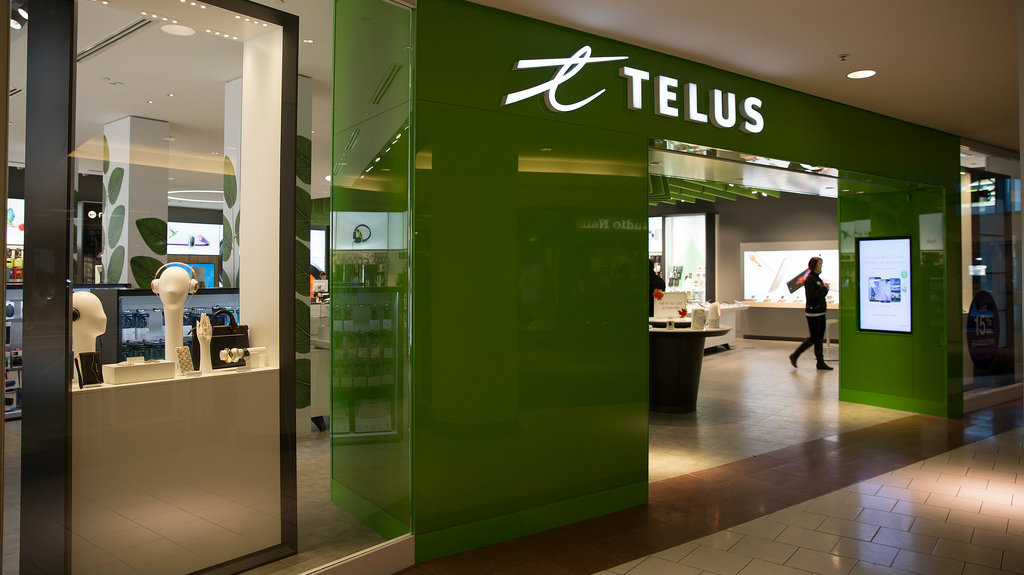Telus Corporation (TSX:T)(NYSE:TU) has been flirting with its all-time high with shares climbing to about $46 a share before falling back down to about $45.
Although reaching an all-time high does not immediately warrant a sale, it does help to reanalyze the investment thesis of the company and determine if it still has a place in your portfolio.
Let’s look at the quarterly numbers released back in May and some other macro signals to help gauge what investors should be doing.
On the earnings side, the company continues to do well. It added 75,000 new postpaid wireless, internet, and TELUS TV clients, which is more than double what it did in the same quarter in 2016.
At the same time, the company kept its wireless churn under 1%. This is important because, rather than focusing on replacing past customers, it can focus on adding new ones; and with only so much money for marketing, this can compound.
Finally, Telus increased its average revenue per user by 3.9%, meaning each client has a lifetime revenue of $5,550.
Looking at the core numbers, its consolidated operating revenue increased 2.9% to $3.2 billion compared to last year. Its EBITDA increased by 11% to $1.3 billion. Its adjusted earnings per share were up 5.7% to $0.74. And finally, one of the numbers that’s most important in my book, free cash flow was up to $217 million from $108 million in Q1 2016.
That last point is important because Telus pays an incredibly lucrative and growing dividend — a fact the company is proud of. In Q1 2017, it increased the dividend by 7.1%, and in the Q1 press release, management talked about the company’s plan to boost the dividend by 7-10% for the next three years (this would be the first year).
The thing is, cash flow is what’s used to pay the dividend. If there’s not enough cash in the bank, you can’t pay a yield. Therefore, seeing that significant boost in cash flow is quite reassuring.
But here’s where I get concerned, and where we look at macro signals.
The government is beginning to increase interest rates, which is likely necessary because they have been low for so long. This is problematic because Telus has borrowed a significant amount of money to fund growth as well as pay dividends.
In December 2016, Telus had US$613 million in issued and outstanding commercial paper. By March 2017, that had ballooned to US$1.122 billion.
And management isn’t exactly hiding that this debt helps to fund the dividend. In its press release, the company stated that the money can be used to “…supplement free cash flow and meet other cash requirements.” A dividend is a cash requirement.
If interest rates go up, cash flow goes down, because more of the company’s money goes to interest payments. That means if the company wants to continue growing the dividend by 7-10% while its paying more in interest payments, it’ll have to borrow even more to achieve that.
Are we at that point yet? I don’t think so, but it’s worth remembering as the quarters progress.
So, should you be selling at this point? I don’t think so. The company continues to generate strong earnings, and the dividend will continue to increase for a few years.
Unless there’s a better opportunity out there for you to deploy resources, enjoy the yield and get out when you see the debt becoming too much of a burden.









